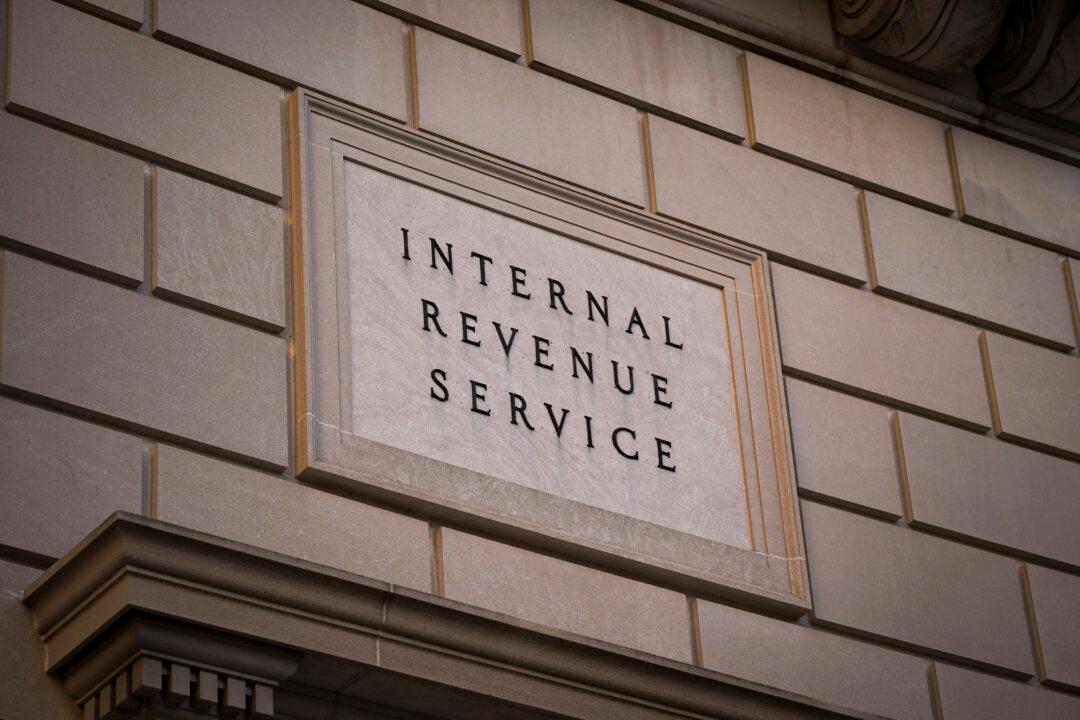The Internal Revenue Service (IRS) asked businesses that incorrectly claimed a pandemic credit to report and resolve the issue by next month, detailing “seven warning signs” indicative of such claims.
The Employee Retention Credit (ERC) was instituted during the COVID-19 pandemic. It offered a refundable tax credit for businesses that paid employees when shut down due to lockdowns and other restrictions. However, the program came under “aggressive, misleading marketing” from various promoters, the IRS said in a Feb. 13 press release.





